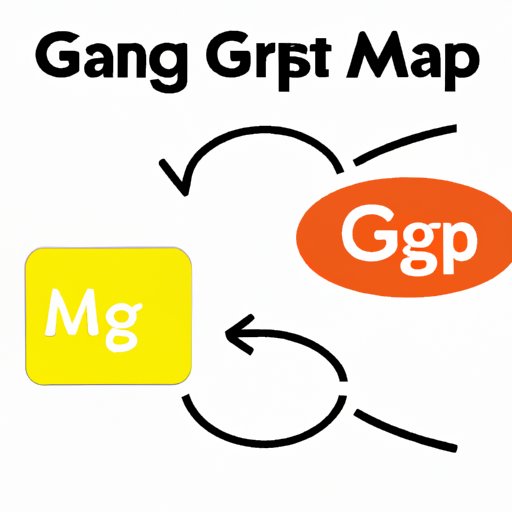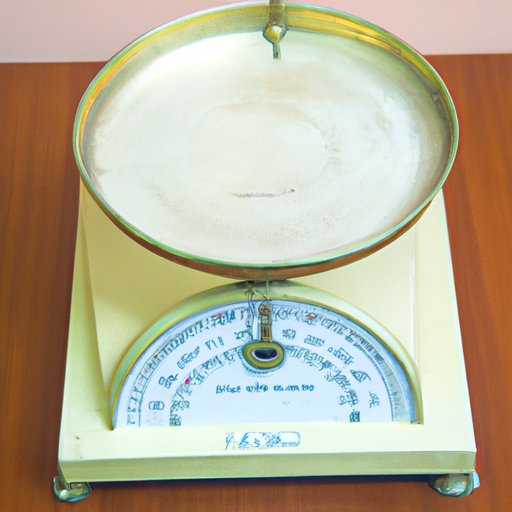Introduction
Understanding how to convert between milligrams (mg) and grams (g) is important in a variety of applications, from measuring medication dosages to calculating ingredient amounts in recipes. In this comprehensive guide, we will explore the basics of mg and g, provide a step-by-step guide to conversion, and offer tips and tricks for accurate measurements.
How to Convert Between Milligrams and Grams
Milligrams and grams are both units of measurement used to measure mass or weight. A milligram is equal to 1/1000th of a gram, while a gram is 1000 times greater than a milligram. Substances such as medication or food might be measured in milligrams, while larger items like produce or liquids may be measured in grams.
Conversion Formula: 1g = 1000mg, 1mg = 0.001g.
To convert from mg to g, divide the number of milligrams by 1000. To convert from g to mg, multiply the number of grams by 1000.
For example: 500mg = 0.5g, and 3.5g = 3500mg.
It is important to be precise when converting between mg and g to avoid miscalculations.
Clearing up Confusion Around Measurements
The use of mg and g can be confusing, particularly in situations such as medication dosage, where incorrect measurements can have serious consequences. To avoid confusion, it is important to double-check calculations and use decimal points when necessary.
For example: 1.5g should not be confused with 15g, as the decimal point denotes a significant difference in measurement.
The Science behind Measuring Substances in Milligrams and Grams
The metric system provides a standardized method of measurement, making it easier to compare measurements between substances. Measuring substances in mg and g provides a more precise measurement than units like ounces or pounds, particularly in scientific or medical applications.
The tools used to measure substances in mg and g include balances and scales, which rely on mathematical calculations and the use of standard weights to obtain precise measurements.
Tips and Tricks for Easy Conversion
Common household items that weigh approximately 1g, such as a paper clip, can be used as reference points for estimation. Using teaspoons or other standardized measuring tools can also provide a rough estimate for substances measured in mg or g.
Online tools and apps, such as conversion calculators, make it quick and easy to convert between mg and g in practical applications.
Understanding the Importance of Accurate Measurements
Accurate measurements are crucial in a variety of applications including medication dosage, cooking, and scientific experimentation. Inaccurate measurements can have serious consequences, from underdosing medications to overseasoning a recipe.
To ensure accurate measurements, it is important to use the correct tools and double-check calculations to avoid miscalculations.
A Quick and Easy Guide to Converting Milligrams to Grams
Recall the conversion formula: 1g = 1000mg, 1mg = 0.001g.
To convert from mg to g, divide the number of milligrams by 1000.
To convert from g to mg, multiply the number of grams by 1000.
Examples of substances commonly measured in mg and g include medication dosages, spices, and baking ingredients.

Breaking down the Basics: How to Convert Mg to G in a Snap
Converting between mg and g can seem intimidating at first, but with practice, it becomes second nature. By following the steps outlined in this guide and practicing with common household items, such as a paper clip, it is easy to become proficient in converting between mg and g.
Conclusion
Understanding how to convert between mg and g is important in a variety of applications, from medication dosages to cooking measurements. By following the steps outlined in this guide and practicing frequently, readers can become proficient in converting between these units of measure, ensuring accurate calculations and avoiding potential consequences of miscalculations.
